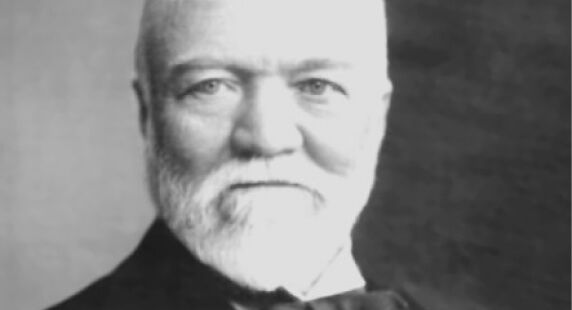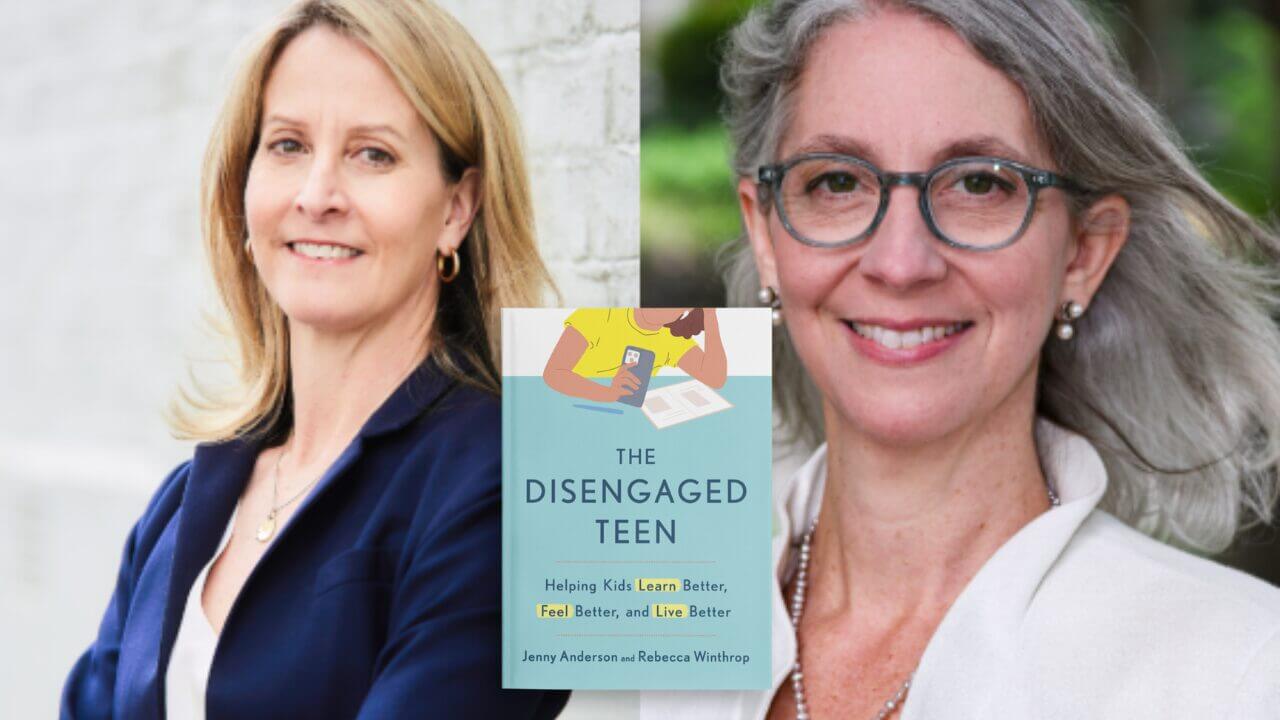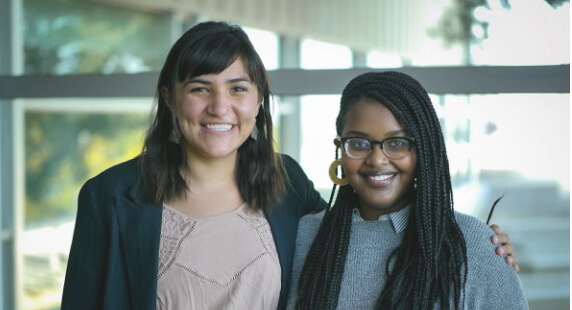“Now That We Know Better, We Do Better”: Unpacking the New Carnegie Classifications with Diego Arambula

In this insightful Q&A, Diego Arambula, Vice President for Educational Transformation at Carnegie Foundation, delves deeper into the topics introduced in a recent Chronicle of Higher Education article, The Next Update of the Carnegie Classification Will Be Its Biggest Yet.
Diego brings a wealth of experience and a unique perspective to the evolving landscape of higher education. His role at the Carnegie Foundation places him at the forefront of these changes, driving initiatives aimed at enhancing educational outcomes across the nation. In this interview, he expands on how the new Carnegie Classifications will impact colleges and universities and discusses the broader implications for students and educational policies.
From the Carnegie Foundation’s point of view, why is the new Student Access and Earnings Classification coming out in Spring 2025 so important?
It’s critical to recognize the transformative role a college degree can play in a young person’s life. At Carnegie, each of us has chosen to dedicate our talents to transforming lives through education. In the past, a high school diploma may have sufficed for providing young people a good, healthy, and fulfilling life, ensuring self-sufficiency and family care. However, that is no longer the case. College plays a crucial role, and unfortunately, not every university in the country is fulfilling this promise for young people.
Our new classification system will identify universities that are increasing access and genuinely opening doors for students who otherwise wouldn’t have had a chance. It will also spotlight universities that are improving outcomes and boosting the earning potential of these students upon graduation. This is just one factor of leading a great life, but it is a critical one. For first-generation students, low-income students, and those students our system has left behind, social and economic mobility are vital. By providing a universal classification focused on social and economic mobility, every university can measure how well they are increasing access and improving earnings and outcomes for their students. This will focus their efforts on these two key areas. We believe this will lead to more students having transformed lives, which aligns directly with our mission here at Carnegie.
An important piece of this is Maya Angelou’s assertion, ‘Now that we know better, we do better.’ When we first launched the Carnegie Classifications fifty years ago, it was an incredibly important tool to help identify and drive positive change in the university setting. Now, armed with better knowledge, we recognize the need to find new ways to focus universities on the outcomes and opportunities they create for young people.
The launch of this new student access and earnings indicator in 2025 is our way of continuing the legacy we’ve established. This initiative is designed to propel us into the next generation and beyond, changing what universities focus on and encouraging them to prioritize outcomes for young people. It is already a priority across many universities, but this will help them be more laser-focused. We are confident that by identifying access and outcome indicators, the classifications will instigate changes in university settings that will ultimately benefit students.
Could you elaborate on what you hope the Carnegie Classifications will achieve once schools are categorized by an access and outcome metric?
The Carnegie Classifications have been incredibly powerful for universities themselves but have also driven significant public investment and dollars to some universities over others. By adding the student access and earnings indicator, our hope—and the work we’ll continue beyond the 2025 rollout—is to ensure that public investments are directed towards universities showing success with this indicator. This support will encourage more universities to achieve similar success. Additionally, a lot of policy work has followed the initial set of Carnegie Classifications, particularly concerning the flow of research dollars, mostly to R1 institutions. We believe that new public funds can be strategically directed to universities, making significant strides in social and economic mobility or to those adopting key practices that support these goals.
Building on that, what can the postsecondary sector learn from the results of the new classifications?
I’ll say, sometimes it can feel like magic when a university accomplishes something significant. A few weeks ago, I had the chance to sit on the graduation stage at Angel Stadium for CSU Long Beach. Watching a few thousand students cross the stage, hearing a few of their stories, and meeting some of them, was incredibly moving. You could hear families cheering as if at a game. But it’s not magic. It’s the result of intentional choices made by the faculty, staff, and leadership at CSU Long Beach, creating programs that help students reach that stage.
As we roll out these classifications, we’re identifying schools that excel in improving access and earnings, and ideally, both. We’re dedicated to deciphering the key practices they use. Our goal is to move beyond the magic, to a place where we don’t just admire these successes but replicate them. This should guide the allocation of public funds and support from partners, and drive university practices.
From your experience on the board of trustees for California State University, how do you think the new classifications will change the behavior of colleges and universities? Once we have these classifications in place, and considering your points about identifying and sharing effective practices, is there anything else you would like to add?
I would say there’s something really special about being part of a system. The California State University system consists of 23 campuses across California. We call ourselves the ‘people’s university’, with nearly half a million students, making us the largest public university in the state and the country. It’s been wonderful to see what’s happening inside the CSU.
Inside the CSU, we’re identifying core practices and policies that are effective and sharing those across our campuses. For example, we recently focused on elevating Black student success. After a year of collaboration with students, community members, faculty, and staff, we developed 13 policy recommendations, which the Board of Trustees adopted. We placed our center for Black student success at Sacramento State, where the university president and team have a strong track record of enhancing Black student success. This allows Sac State to take some of those core practices and help train faculty and staff across the CSU.
My hope is that all universities—whether part of a system or not—can accelerate practice in ways that impact student outcomes. Our plan with the classifications is to share learnings of successful practices with institutions nationwide.
How do the new classifications highlight the relationship between college and the workforce and the responsibility that colleges have to prepare students for future opportunity?
We know that the value of a college education is more than just workforce preparation. I have two kids, and I care deeply about their happiness, their passions, their connections, and also that they’re academically ready to secure and thrive in a good job. College significantly impacts all of these aspects. Yet, while the student access and earnings indicator doesn’t encompass everything we care about, it addresses a crucial part. My wife and I are fortunate to be in a position where we can support these elements for our children, but many families in my community and across the country prioritize workforce readiness out of necessity. We’re not aiming to shift focus away from critical areas of experience, but to highlight something of vital importance to many families and students.
At Carnegie, we are proud to link our legacy to an indicator that identifies universities significantly advancing social and economic mobility. This allows more young people to confidently enter the workforce, improve their lives and their communities, and take care of themselves. My father was the first in his family born in this country and the first to go to college, which not only changed our family’s trajectory but also set a standard that education is transformative. Every student and every family deserves these opportunities, and we hope these classifications will help connect more young people to meaningful careers, benefiting individuals and communities alike.
Why is Carnegie doing this?
I think there’s tremendous power in recognizing the legacy we at Carnegie have created. Although “burden” might be the wrong word, it encapsulates both the opportunity we have to effect further change and the weight we feel to honor and expand on that legacy through significant, monumental change. Over 120 years, Carnegie has been instrumental in driving educational transformation. The development of the Carnegie Unit fundamentally reshaped high school education and was a pivotal moment in educational history. Similarly, the creation of the Carnegie Classifications and the rollout of initiatives like Pell Grants, the GRE, and TIAA-CREF have all driven substantial, positive change at the university level. This moment isn’t just about creating minor improvements in postsecondary practice but about sparking transformative change that will resonate for decades. Fifty years from now, I hope the future leaders of the Carnegie Foundation will look back at this time period and see it as a benchmark for the substantial legacy they must continue.
June 6, 2024
Jenna Hua, Carnegie Foundation Post-Baccalaureate Fellow, presented her undergraduate research alongside Wellesley College Professor Stephen Chen in a poster session at the 2024 Society for Research on Adolescence (SRA) Conference in April. With research indicating a low sense of belonging among immigrant college students, coupled with the rise of xenophobia…
June 25, 2024
At the end of a demanding and dynamic school year, we naturally want to celebrate the accomplishments of our students. My thoughts also turn to the hundreds of thousands of teachers and mentors – in classrooms, after-school programs, and internships, at work and volunteer opportunities, and on practice fields –…







